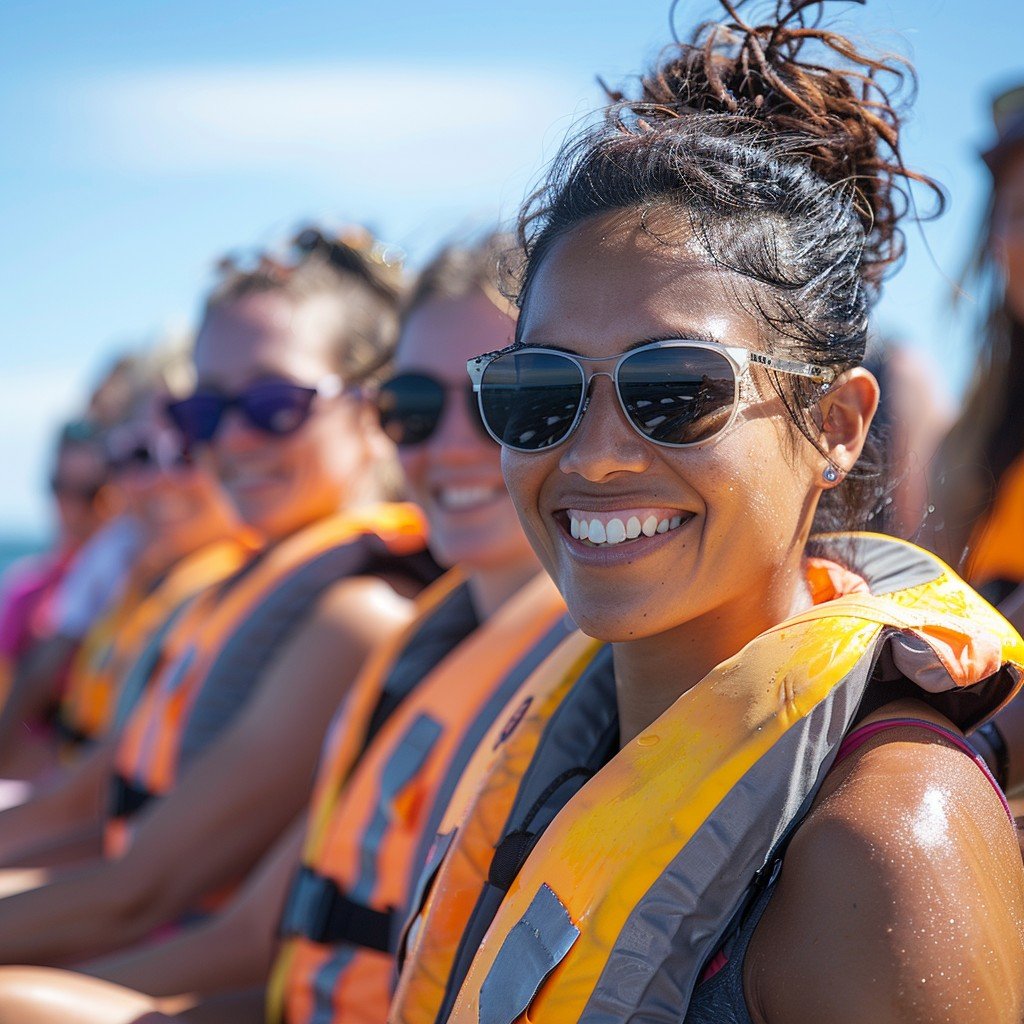The Importance of Lifejackets in Sailing

When it comes to sailing, whether for recreation or as a seasoned mariner, safety should always be a top priority. One of the most critical safety devices on any boat is the lifejacket. Often underestimated, lifejackets are not just a legal requirement in many regions—they are essential for saving lives in emergencies. In this post, we’ll explore the importance of lifejackets, the different types available, and best practices for their use.
Why Lifejackets Matter
Lifejackets are designed to keep a person afloat in the water, reducing the risk of drowning. While many people associate lifejackets with rough seas or poor swimmers, the truth is that accidents can happen at any time, even in calm waters. A sudden fall overboard, unexpected weather changes, or a medical emergency can turn a pleasant day on the water into a life threatening situation. In such moments, a lifejacket can be the difference between life and death.
Statistics from maritime safety organizations consistently show that most drowning victims in boating accidents were not wearing a lifejacket. This sobering fact highlights the importance of always wearing a lifejacket, regardless of your swimming ability or the conditions on the water.
Types of Lifejackets
Lifejackets, also known as personal flotation devices (PFDs), come in various types, each designed for different situations and levels of buoyancy:
- 1. Type I – Offshore Lifejackets:
- These lifejackets provide the highest level of buoyancy and are designed for open, rough, or remote waters where rescue may be delayed. They are bulkier and can turn an unconscious person faceup in the water, which is crucial in an emergency.
- 2. Type II – Near Shore Buoyant Vests:
- These are less bulky than Type I and are intended for calm, inland waters where quick rescue is likely. While they can turn some unconscious wearers faceup, they are not as reliable as Type I.
- 3. Type III – Flotation Aids:
- Commonly used for water sports and day sailing, Type III lifejackets are more comfortable to wear for extended periods. However, they do not guarantee turning an unconscious person faceup. These are suitable for situations where there is a good chance of quick rescue.
- 4. Type IV – Throwable Devices:
- These are not wearable lifejackets but are throwable aids, such as buoyant cushions or rings, designed to be thrown to a person in the water. They are intended for use in situations where someone falls overboard.
- 5. Type V – Special Use Devices:
- These lifejackets are designed for specific activities, such as kayaking or windsurfing. They must be used according to the manufacturer’s instructions to be effective.
Choosing the Right Lifejacket
The lifejacket should fit snugly but comfortably. A lifejacket that is too large may slip off, while one that is too small may not provide adequate buoyancy.
Choose a lifejacket appropriate for the type of sailing you’ll be doing. For example, a Type III flotation aid is often ideal for day sailing, while offshore trips may require the added protection of a Type I lifejacket.
A comfortable lifejacket is more likely to be worn consistently. Look for features like adjustable straps, padded shoulders, and a design that allows freedom of movement.
Visibility: Brightly colored lifejackets with reflective materials increase your visibility in the water, making it easier for rescuers to spot you.
Best Practices for Lifejacket Use
Always Wear It: Make it a habit to wear your lifejacket whenever you’re on the water, even if you’re an experienced swimmer. Accidents can happen unexpectedly, and a lifejacket is your best defense.
Inspect Regularly: Check your lifejacket for wear and tear before each use. Look for signs of damage, such as frayed straps, broken buckles, or punctures. Replace any lifejacket that shows signs of wear.
Teach Kids Early: Children should be taught the importance of wearing a lifejacket from a young age. Ensure that their lifejackets fit properly and that they understand why they need to wear them.
Store Properly: Store lifejackets in a dry, accessible location on your boat. Avoid exposing them to direct sunlight for long periods, as this can weaken the materials.
Lifejackets are an essential part of sailing safety and wearing one should never be seen as optional. By choosing the right lifejacket for your needs and making a commitment to wear it every time you’re on the water, you’re taking a crucial step in protecting yourself and your passengers. Remember, safety on the water starts with you.
Official Websites for Maritime Safety
- 1. U.S. Coast Guard (USCG) Boating Safety Division:
- Website: https://uscgboating.org/recreational-boaters/life-jacket-wear-wearing-your-life-jacket.php